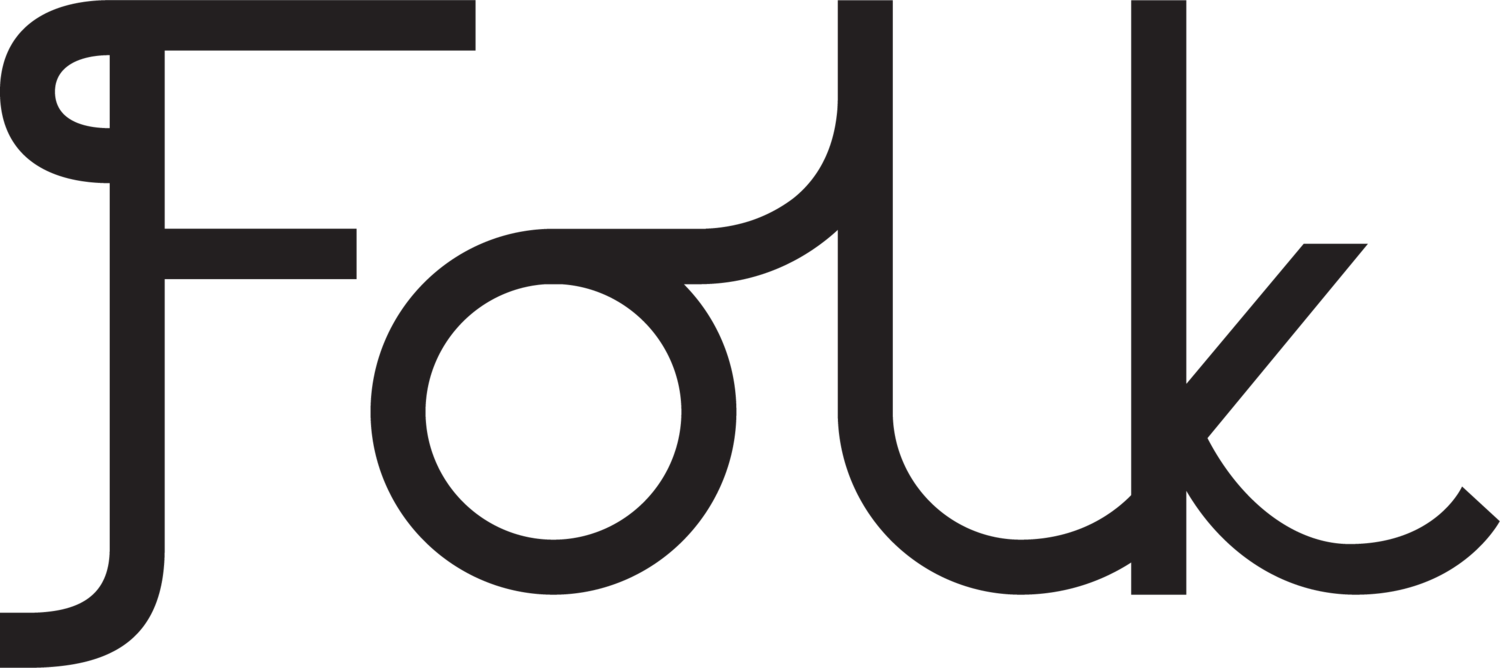AGENCY AGILE PROCESS - roadmap Your scope, crystal clear projects.
Be Genuine is one of our core values. So, when every digital agency and their dogs started talking collaboration, we wondered, 'How can we genuinely collaborate with our clients, rather than just saying we do?'.
Asking this question led us on a path of re-thinking the old model of client and agency, and we gave our whole process an overhaul. With the help of our friends at Agency Agile, we're now walking the walk of collaboration with our roadmapping techniques.
WHat's ROADMAPPING?
Roadmapping is a simple, analogue system for building your project scope. It'll usually involve you and your key stakeholders, and a representative from our team for every discipline we expect to be involved. There's also a facilitator, who's there to ask the right questions, and to keep things moving along.
Using yellow cards (use cases), blue cards (stories), green cards (epics), and pink cards (risks, open questions, or challenges), we work together to structure your project piece by piece.
There's one conversation at once, no-one's allowed to add to the wall without talking it through with everyone first, and every roadmap's strictly a device-free zone. (Don't worry, there'll be coffee breaks.)
Why's roadmapping useful?
We roadmap our projects because it breaks down the barrier between agency and client, and lets you get the absolute most from your project.
From the very beginning, it brings a full team's broad expertise into the mix. It allows you to comprehensively understand the journey from the offset, and prioritises every last element of your project in a logical way.
Roadmapping and the future
Everyone's got a grand vision for their project, but, more often than not, it's a challenge to cram everything into phase one. The beauty of a roadmap is that it clearly defines your project now, and your project in the future.
We'll usually establish what your minimum viable product looks like, and then put together a plan to build the website of your dreams in two-week sprints. This approach keeps things cost-effective, manageable for both of us, and importantly, it means your site can be up and running sooner, instead of losing business.

